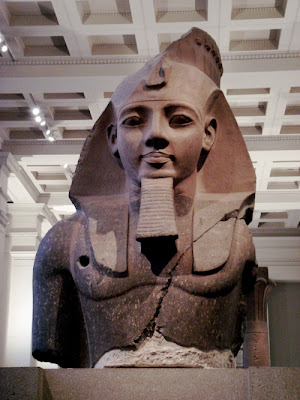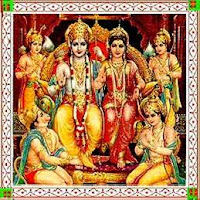 One of London's most popular attractions, and yet another World Heritage Site, is the Tower of London. Heather and I spent an entire day here and saw quite a variety of relics and artifacts. The Tower of London is commonly thought of as a prison and execution site, but it's original and primary purpose was as a stronghold and royal castle. The construction was begun by William the Conqueror, who was also the first to have his coronation at Westminster Abbey. The Tower continued to serve as the home of the monarchy for centuries.
One of London's most popular attractions, and yet another World Heritage Site, is the Tower of London. Heather and I spent an entire day here and saw quite a variety of relics and artifacts. The Tower of London is commonly thought of as a prison and execution site, but it's original and primary purpose was as a stronghold and royal castle. The construction was begun by William the Conqueror, who was also the first to have his coronation at Westminster Abbey. The Tower continued to serve as the home of the monarchy for centuries.When you visit the Tower of London today you will see many yeomen warders, more commonly referred to as beefeaters. They are the guardians of the Tower and even live on the Tower grounds. The are largely responsible for conducting guided tours for visitors and looking after the Tower. Our tour guide is pictured here. The centerpiece of the Tower of London is the White Tower. This was the primary residence of William the Conqueror and the subsequent monarchs. You will notice in the picture below that one of the towers is round, while the others are square. This round tower originally housed the royal observatory. Which brings us to the ravens.
The centerpiece of the Tower of London is the White Tower. This was the primary residence of William the Conqueror and the subsequent monarchs. You will notice in the picture below that one of the towers is round, while the others are square. This round tower originally housed the royal observatory. Which brings us to the ravens.
There are at least six ravens at the Tower of London at all times because according to legend, if the ravens should ever leave, the Tower, the monarchy and the kingdom would fall. So when John Flamsteed, the royal astronomer under Charles II, complained about them, the king moved the observatory to Greenwich rather than disturb the ravens. By the way, the yeomen warders don't take any chances today: the ravens' wings are clipped. Another interesting site at the Tower of London is the Crown Jewels. There are crowns, sceptres, orbs, swords, rings and a massive punch bowl and ladle that I'm sure my mom wouldn't mind adding to her collection. Sorry, no pictures. Cameras not allowed when viewing the Jewels, but you can try this. And all of this is behind mere glass. And of course armed guards and state-of-the-art security systems.
Another interesting site at the Tower of London is the Crown Jewels. There are crowns, sceptres, orbs, swords, rings and a massive punch bowl and ladle that I'm sure my mom wouldn't mind adding to her collection. Sorry, no pictures. Cameras not allowed when viewing the Jewels, but you can try this. And all of this is behind mere glass. And of course armed guards and state-of-the-art security systems.
There was a lot to see and do at the Tower of London and I learned a lot in our day there. But lest you forget that were are only tourists, we got a typical tourist photo: a pic in an unoccupied guard stall.














